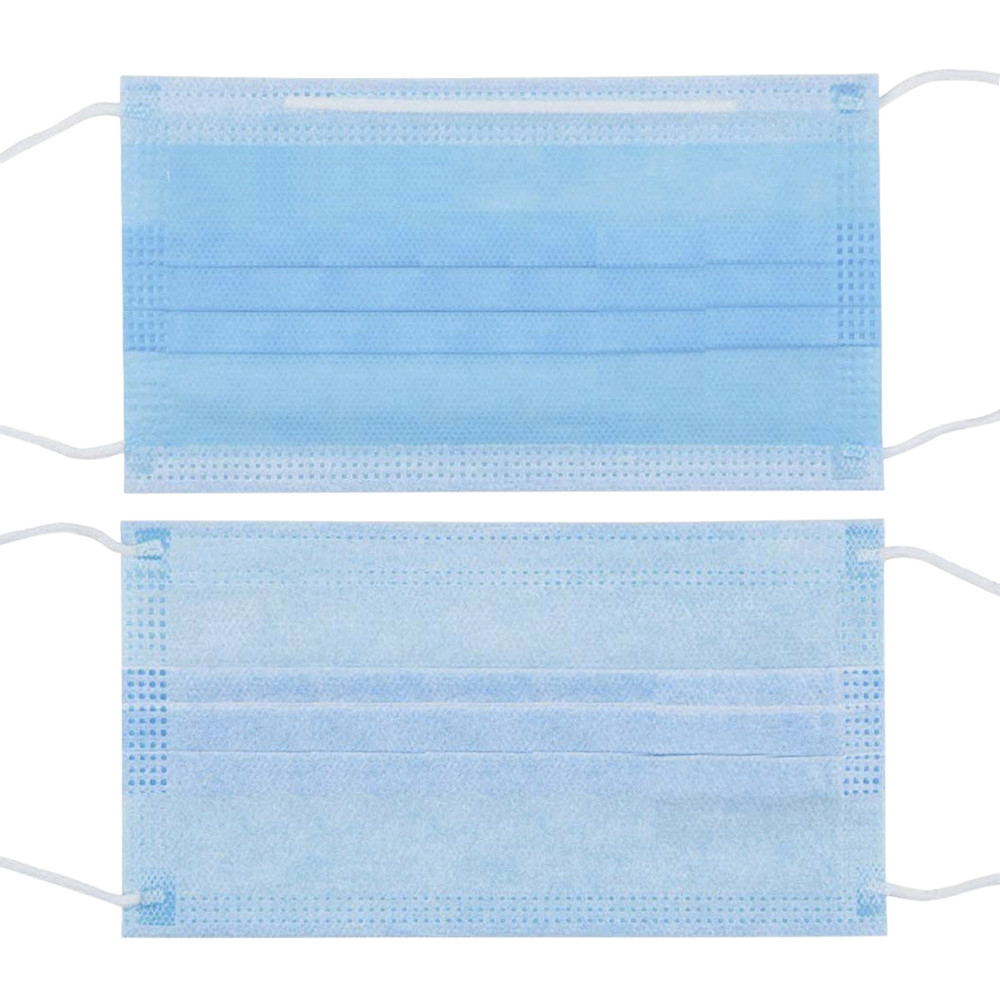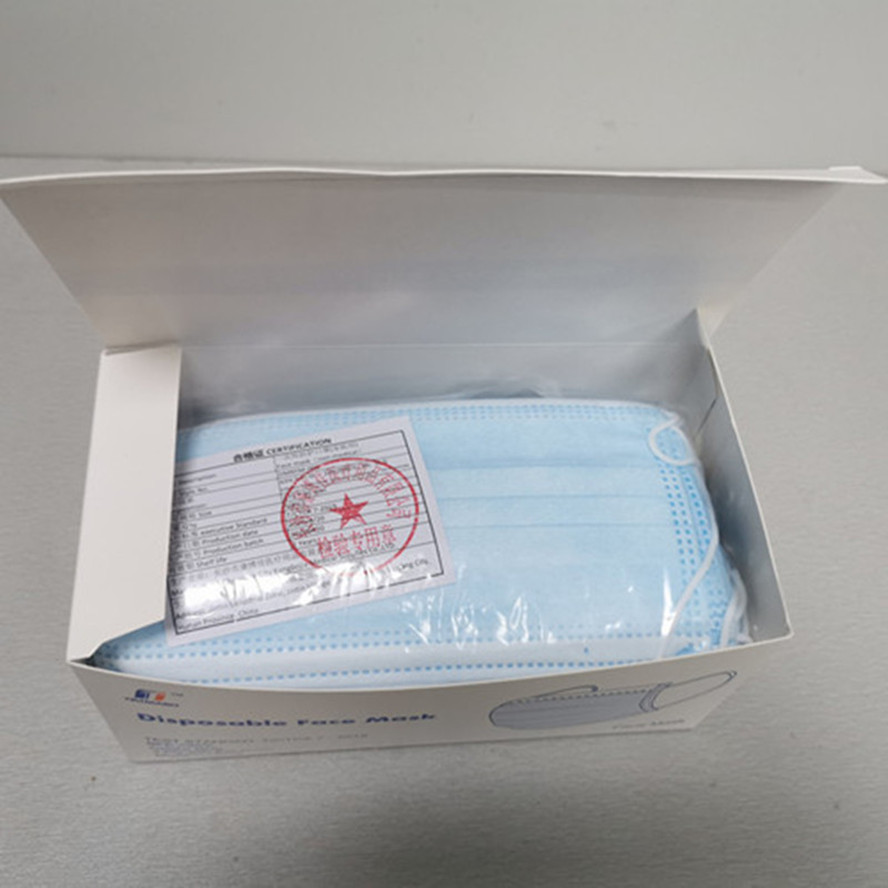Valve focus on the flow coefficient and cavitation coefficient of two parameters
The valve flow coefficient (KV) and cavitation coefficient (δ) are critical parameters that define the performance of a valve. These values are typically available in advanced industrial countries, often included in valve specifications or even printed on samples. In contrast, China's valve manufacturing industry generally lacks detailed information on these parameters, as acquiring them requires specialized testing. This gap highlights one of the key performance differences between Chinese valves and those produced in technologically advanced nations.
3.1 Flow Coefficient of the Valve
The flow coefficient (KV) is a measure of a valve’s ability to allow fluid to pass through it. A higher KV value indicates less pressure drop across the valve for a given flow rate. The KV can be calculated using the formula:
**KV = Q / √(ΔP/P)**
Where:
- **Q** = volumetric flow rate (m³/h)
- **ΔP** = pressure drop across the valve (bar)
- **P** = fluid density (kg/m³)
This parameter is essential when selecting the right valve for a specific application, as it directly affects system efficiency and energy consumption.
3.2 Cavitation Coefficient (δ)
The cavitation coefficient (δ) is another important parameter used to evaluate the likelihood of cavitation in a valve. It helps determine the appropriate valve type and structure based on flow conditions. The formula for δ is:
**δ = ΔP / (H1 - H2)**
Where:
- **H1** = pressure after the valve (outlet)
- **H2** = atmospheric pressure minus the saturated vapor pressure at the given temperature
- **ΔP** = pressure difference before and after the valve
Different valve types have varying allowable cavitation coefficients. For example, a butterfly valve might have an allowable δ of 2.5. If the calculated δ is greater than this value, cavitation will not occur. However, if δ is between 2.5 and 1.5, slight cavitation may happen, and if it drops below 1.5, vibration could develop. When δ falls below 0.5, the valve and downstream piping may suffer severe damage.
Cavitation occurs when liquid accelerates through a constricted section of the valve, causing vaporization and the formation of bubbles. These bubbles collapse as the fluid exits the valve, leading to three main effects:
1. **Noise** – High-pitched sounds caused by bubble collapse.
2. **Vibration** – Severe vibrations that can damage the foundation and surrounding structures.
3. **Material Erosion** – Damage to the valve body and piping due to repeated bubble implosion.
From the above calculations, it's clear that cavitation is closely related to the outlet pressure (H1). Increasing H1 can significantly reduce the risk of cavitation. To mitigate this issue, several methods can be employed:
- **Install the valve lower in the pipeline** to increase the backpressure.
- **Add an orifice plate** after the valve to increase resistance and reduce flow velocity.
- **Direct the valve outlet to a reservoir**, providing more space for bubbles to collapse and reducing cavitation effects.
By analyzing these four aspects, we can better understand the characteristics of gate valves, butterfly valves, and other common types. Each has unique features and parameters that make them suitable for different applications. Understanding these two key parameters—flow coefficient and cavitation coefficient—is essential for proper valve selection and system design.
Product categories of Protective Masks, we are specialized manufacturers from China,Protective Face Covers, Protective Mouth Covers suppliers/factory, wholesale high-quality products of Protective Face Mask R & D and manufacturing, we have the perfect after-sales service and technical support. Look forward to your cooperation!


Nonwoven Earloop Face Mask,Earloop Face Mask,5Ply Face Mask,Disposable Mask Template
Changsha City Kangbojia Medical Supplies Co., Ltd. , http://www.kbjmedical.com